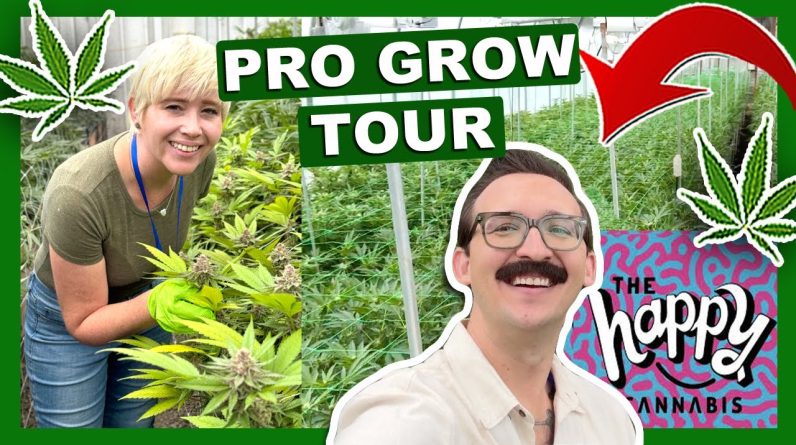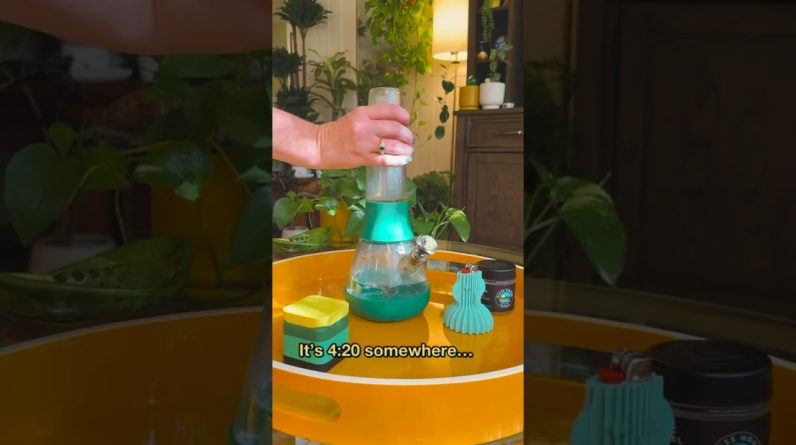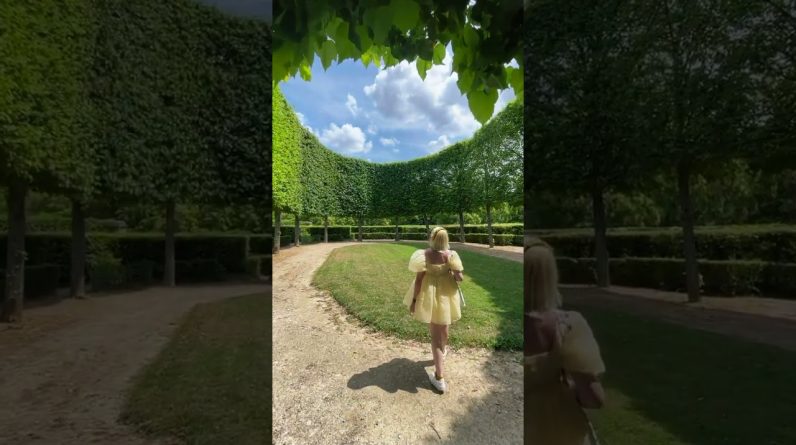In the 1960s and ’70s, humanity finally pulled it together and began hybridlizing different types of cannabis. Although use of the plant has been prevalent for thousands of years, it wasn’t until this time that cannabis breeders began to take marijuana’s original expressions, the landrace cultivars, and blend them together. The incredible diversity of the types of marijuana we have today started with the first few cannabis seed companies and hybrids they created. Skunk #1 is one of the most widely recognized hybrids of those early days of cannabis breeding. An artistic creation that fused together landrace cannabis from different areas of the world, Skunk #1 is legendary pot.
“It’s in everything,” horticulture authority Ed Rosenthal tells me during a recent smoke session in the sunroom of his publishing headquarters and home.
Together we’re traveling through time back to the 1980s. I’ve brought over a sampling of six Skunk #1 phenotypes grown by Frank at Purple Caper Seeds in his epic 2022 Skunk hunt. Frank grew out 25 different packs of Skunk #1 seeds, some more than 20 years old, on a quest for the original flavor he loved when he first started smoking pot in the late ’80s.
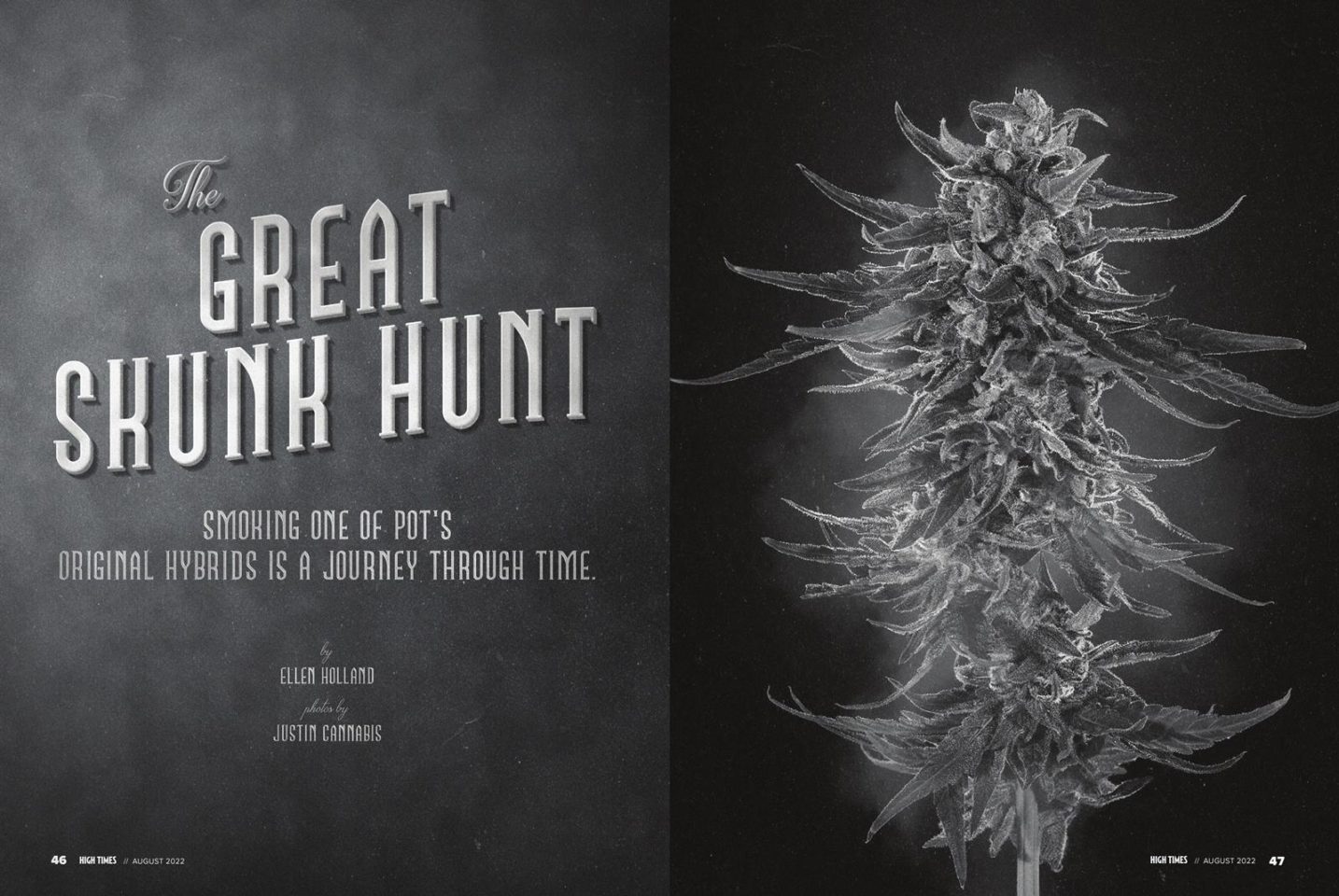
“It’s been over 20 years now I haven’t had that flavor,” Frank says of his quest to bring back the weed he remembers. “First I started sniffing around. I heard the buzz that everybody’s starting to talk about Skunk again. I’ve always missed it, but I haven’t tried to bring it back. It’s expensive [to do], and there wasn’t a demand. And I talked to my people in Canada, I talked to my people in Amsterdam and asked them if there were any old packs in their freezers.”
Eventually, Frank was able to collect a lineup of seeds to grow fabled classics spread across the centerfolds of this very magazine in the ’80s and ’90s: Green House Seeds’ Exodus Cheese, Nirvana Super Skunk, Paradise Seeds Original Cheese (IBF), Dutch Passion’s Skunk #1, and Skunk #1 from Sensi Seeds. Amsterdam-based seed companies like Dutch Passion and Sensi Seeds, which received the Skunk genetics in the 1980s, still sell Skunk #1 seed packs to this day.
A Marijuana Marketing Milestone
The winner of the first High Times Cannabis Cup in the Netherlands in 1987, Skunk #1 was proliferated by a guy whom cannabis lore calls “Sam the Skunkman,” but whose real name is Dave Watson. Skunk #1 is a combination of two South American landraces, Acapulco Gold and Colombian Gold, as well as an Afghani. Rosenthal suspects some Thai may also be in the cross, but this has never been publicly acknowledged.
When this cultivar got into the hands of Watson at Sacred Seeds Collective in Santa Cruz, California, the genetics were developed and stabilized through inbreeding (in cannabis that generally means crossing the plant back with itself to maintain its traits in future offspring). As part of the great exchange that shaped the world of cannabis cultivars at that time—the fusion of minds and marijuana from California and Amsterdam—Watson brought Skunk #1 from California to Holland in 1985. By the late ’80s, it was in many seed banks throughout Holland.
The phenotypes Rosenthal and I are sampling have names that sound terrible: Fresh Kill, Rotten Carcass, Vomit, Burnt Rubber, Donkey Dick, and least offensively, Cheese. But they don’t have the acidic, rotten smell of a skunk’s spray or any of the other noxious odors their names suggest. They smell floral, some are decidedly cheesy, and they taste sweet. Rosenthal explains that Watson naming the strain Skunk #1 was an attempt to capitalize on the popularity of a type of cannabis around in the 1970s, which actually smelled like a skunk.
“People would say, ‘Is there a dead body or a skunk or something around? That’s what the original skunks smelled like. That’s why they were called skunks,” Rosenthal says. “So when [Watson] named it Skunk, I mean there’s no right or wrong on this, but it wasn’t what the animal smelled like.”
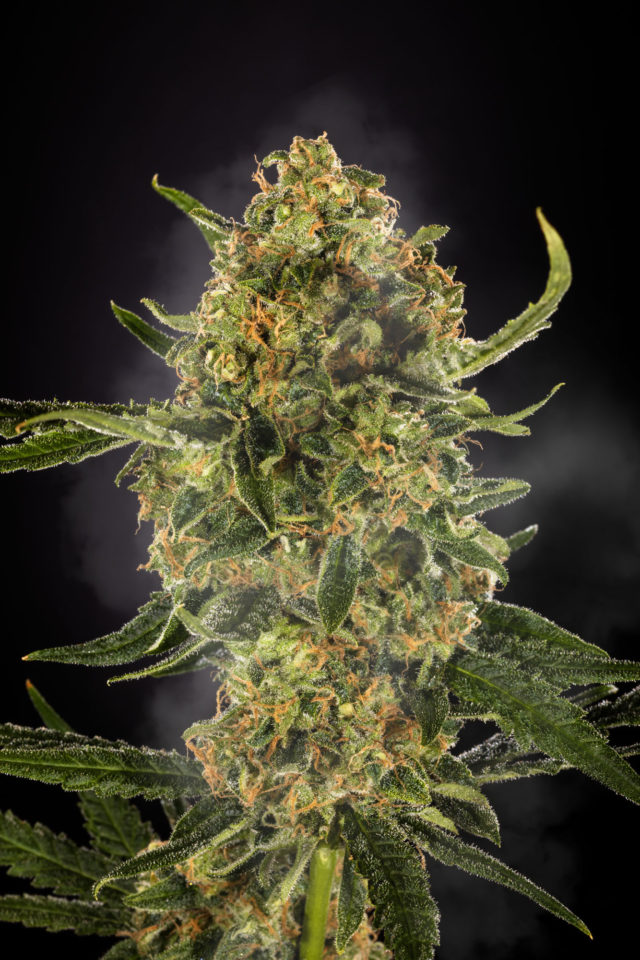
Recently scientists at ABSTRAX, a laboratory devoted to terpene research and botanical extraction, pinpointed the origins of that skunky, gasoline-like scent and, as it turns out, it comes from a class of compounds in cannabis that has just been discovered, volatile sulfuric compounds (VSCs). The ABSTRAX study, which appeared in the American Chemical Society journal, shows that the skunky smell in cannabis also has similarities to the heady, pungent smell of garlic.
“When people are referring to the skunky/gassy scent of cannabis they are actually smelling this class of VSCs that we are referring to in the industry as cannasulfur compounds,” explains T.J. Martin, VP of Research and Development at ABSTRAX.
“While they are not the same identical compounds in garlic, they have very similar structures and an eerily similar family of VSCs. The main difference is that the structure of cannabis VSCs contain what are called prenyl groups (i.e. prenyl thiol, diphenyl sulfide, etc.) and garlic has allyl groups (i.e. allyl thiol, diallyl sulfide, etc.).
“What makes it so interesting is that chemically they may be different, but they are also very similar, and they follow the same trend. Current research in garlic shows that its VSCs may possibly contribute to the cardiovascular and proposed anti-cancerous benefits found in garlic. With these families being so similar, with just a small minor change, we were wondering if maybe this contributes to some of the medicinal benefits of cannabis.”
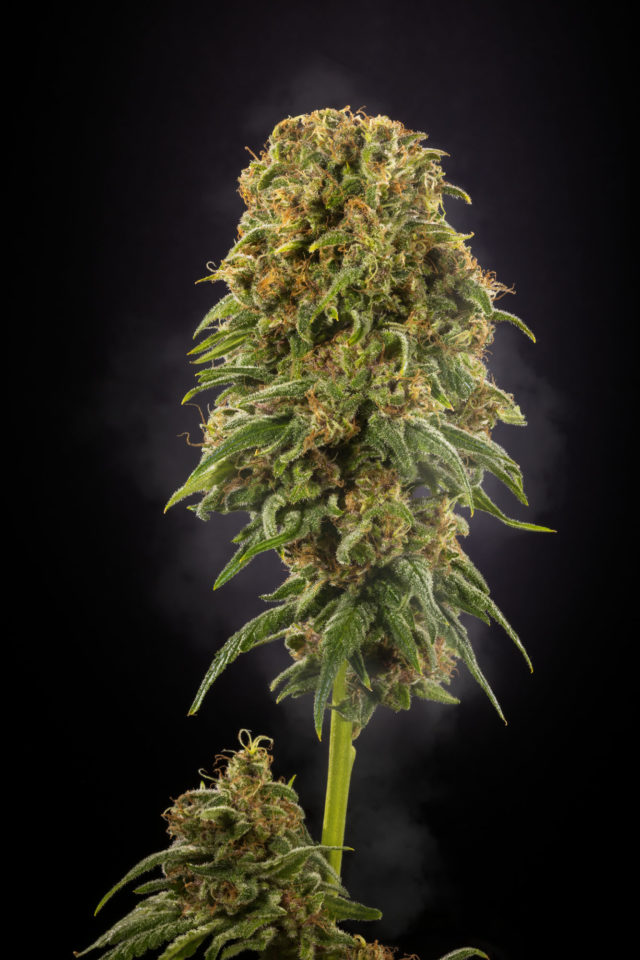
At our sunroom smoke sesh, Rosenthal says the study shows Afghan Skunk (aka Afghani Skunk) had a lot of cannasulfurs in it.
“You’d have a bag of it, you’d open the bag, close the bag, the room would stink, you couldn’t get the smell out of the room,” Rosenthal says of Afghan Skunk. “I haven’t seen that in 15 or 20 years.”
For Rosenthal, Skunk #1 itself is decidedly more common. He says he last smoked Skunk #1, a strain that came out when I was still a young child that I’ve never tried until now, two months ago. Like White Widow, it was widely used for breeding. When Rosenthal and other cannabis experts I’ve spoken to in the past wax nostalgic about a strain from yesteryear, it’s usually Northern Lights #5 x Haze (aka NL #5 Haze). Northern Lights #5 is Afghani x Thai, and NL #5 Haze combines that strain pairing with the Haze that came out of Santa Cruz in the 1960s.
“The reason you don’t see NL #5 Haze is because it’s very difficult to grow indoors because it takes so much longer,” Rosenthal says of those long-flowering equatorial sativa genetics present in the Haze family. “It takes a long time to finish, and it’s a moderate yield. But if you’re growing outdoors like in Southern California, that would be a great variety to grow. It has an unbelievably zonky high, [With NL #5 x Haze] like you say, ‘Oh, that’s what my brain was looking for.’”
Together Haze, Skunk #1, and Northern Lights #5 are the first main types of hybrid cannabis and, therefore, some most influential types of weed of all time.
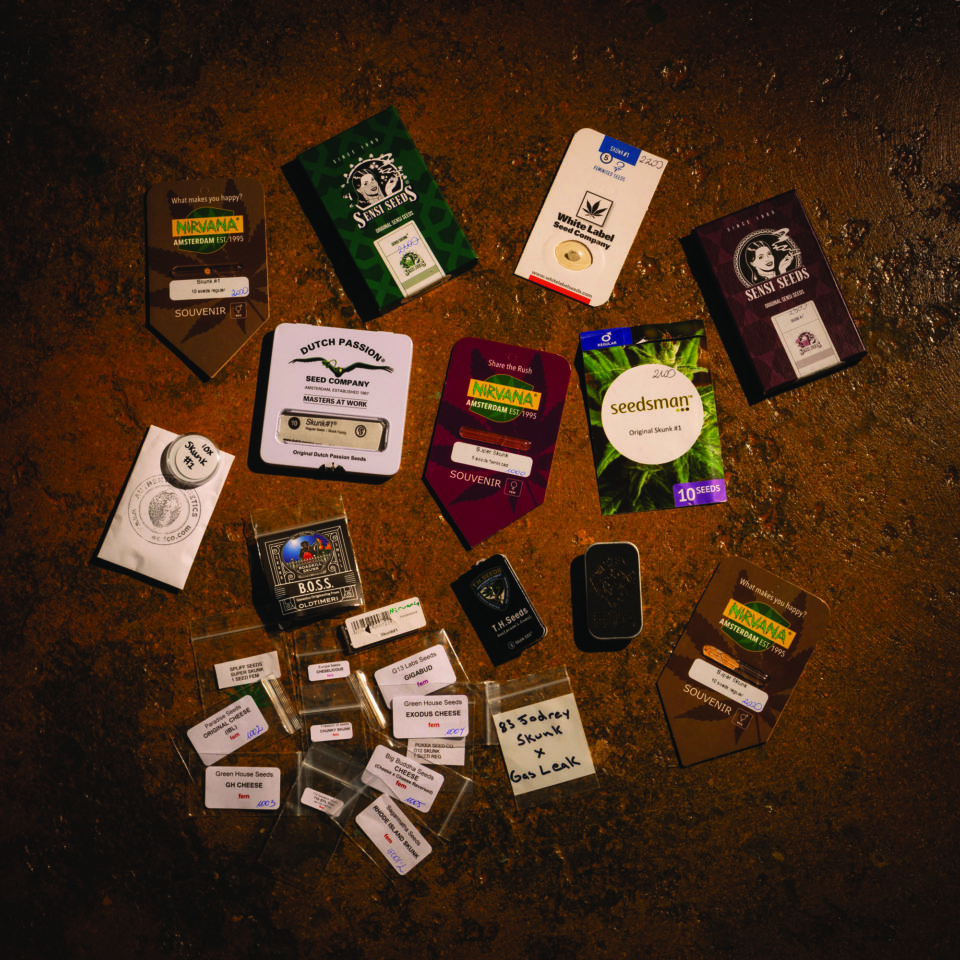
Skunk #1 in 2022
To rediscover the Skunk #1 experiences of his youth Purple Caper’s Frank gathered the seeds, including 1996 seeds from expert grower and cannabis author Mel Frank, and grew them out at Haze Dispensary in San Jose, California.
“We procured the best 25 packs of Skunk that we could find and popped them,” Frank says. “Of over 200 seeds, we found 70 keeper females and 20 keeper males, 90 plants total. Out of those 90 plants, 10 males and 10 female keepers are isolated.”
Those 10 female plants are now being tested in clone and breeding projects in all types of growing environments, outdoor full-term, light-dep, and indoors. The final plants Frank will use for Purple Caper’s planned Skunk #1 seed release will be from one male and six females.
“The keepers we found are better than expected,” Frank says. “These had long, big colas, especially the Donkey Dick. I mean, that plant had just three branches. Each one had a 24-inch cola, like the size of a baseball bat almost. The Donkey Dick was just a beautiful plant. It’s been so long since I’ve seen that.”
After we share a laugh about the ridiculous names of the Skunk phenos, Frank further explains how breeding cannabis, or in this case resurrecting a strain from the past, is an extensive process of selection. For the final stages of his epic Skunk hunt, Frank will cross one male plant with six female plants with the intention of growing an additional 300 phenotypes. The hope is to bring back the strain he’s loved and lost. “I want to resurrect it, and I want to have the flagship version of it. I don’t want anybody to have a better Skunk,” he says.
This article appears in the August 2022 issue of High Times. Subscribe here.
The post The Great Skunk Hunt appeared first on High Times.
Source: https://cannabisworld.biz/2022/09/07/the-great-skunk-hunt/
